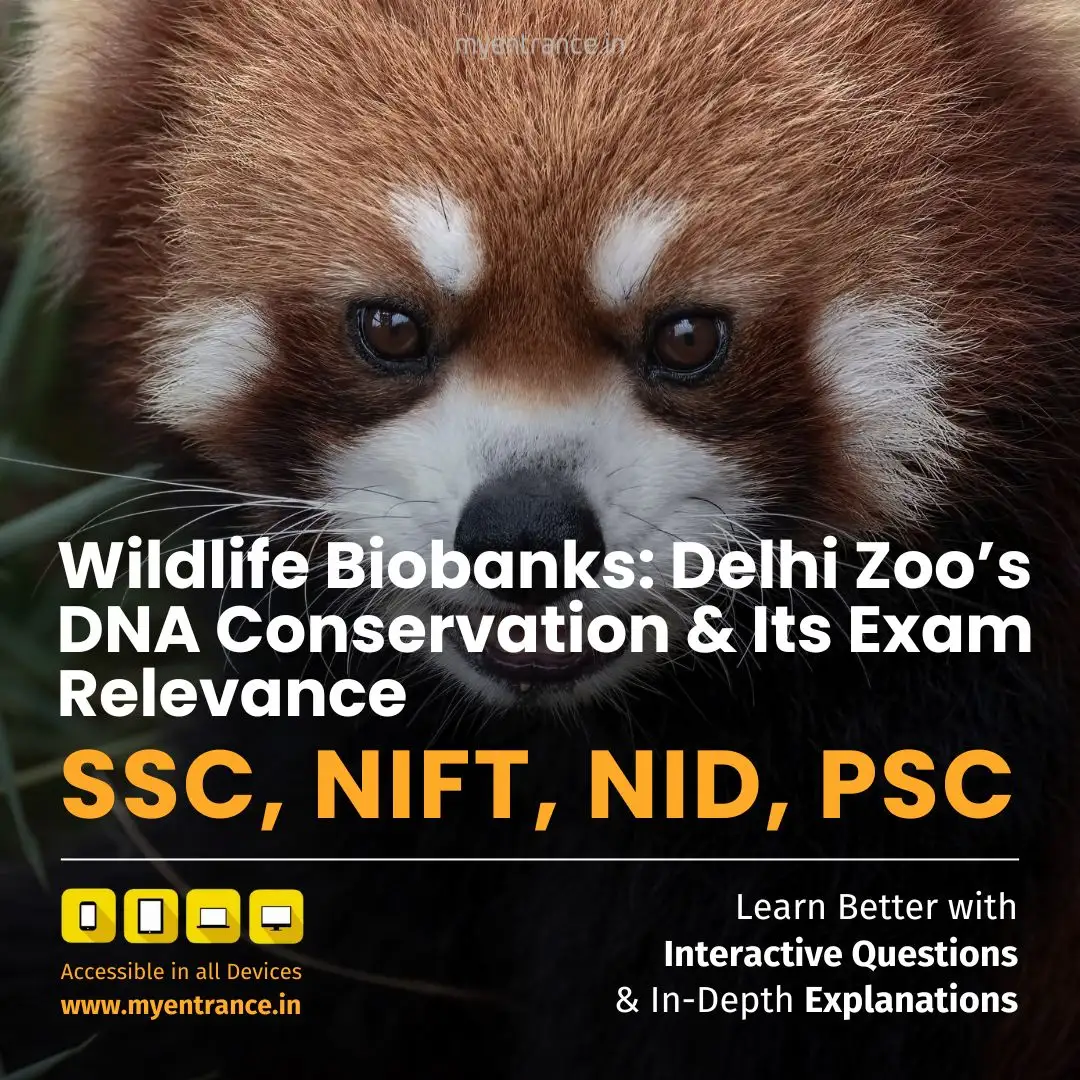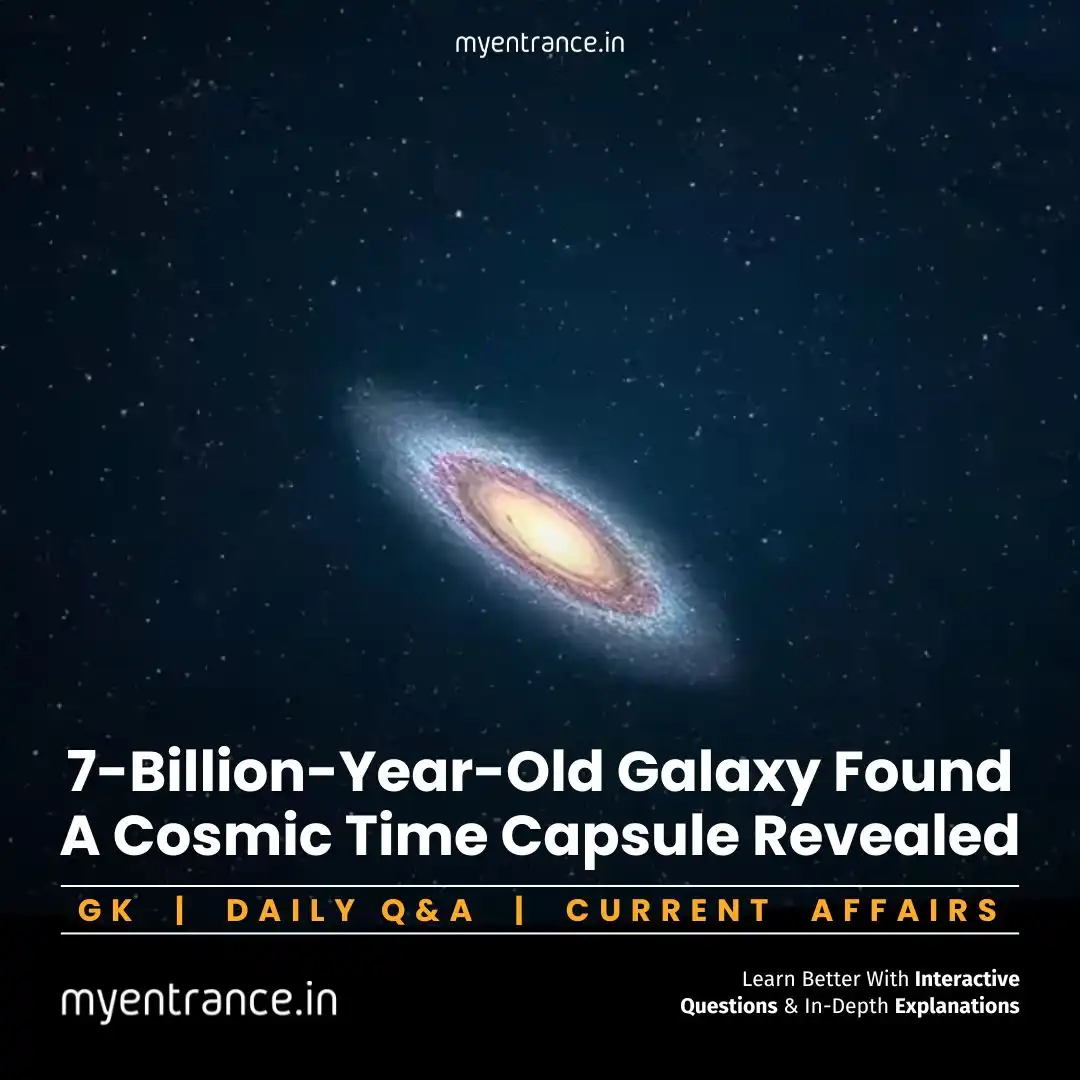Select Language
Ex-Situ Conservation Revolution: Biobanking for Endangered Species Explained: Sample Q&A
Delhi’s National Zoological Park plans India’s first on-site wildlife biobank with CCMB Hyderabad. This ex-situ conservation breakthrough offers critical insights for UPSC Ecology & Biodiversity topics.
The Biobank Breakthrough
Goal: Preserve DNA, tissues, and reproductive cells of endangered species (Asiatic lions, rhinos, etc.)
Model: Replicates Darjeeling’s Padmaja Naidu Himalayan Zoo biobank (India’s first, 2024)
Urgency: Samples decay within 4 hours – needs on-site labs for viability
Institutional Framework
Central Zoo Authority (CZA):
Statutory body under Wildlife Protection Act (1972 Amendment)
Drives the Consortium of Indian Zoos for Biobanking (6 pilot zoos since 2021)
CCMB-LaCONES (Hyderabad):
Hosts the National Wildlife Genetic Resource Bank (NWGRB)
Provides tech expertise for DNA preservation
Exam-Critical Significance
Ex-situ Conservation: Zoos supplement in-situ efforts (GS-III: Conservation)
Species Revival: Frozen genetic material enables future de-extinction projects
Research Value: Tissues/DNA aid studies on disease resistance and genetic diversity
Endangered Focus: Targets Schedule I/II species (Bengal tigers, gharials, etc.)
Key Challenges
Logistics: Transporting samples to Hyderabad within 4-hour window
Infrastructure: High-cost lab setup for cryopreservation (-196°C storage)
Ethical Debates: “Playing God” vs. conservation necessity
Sample Q&A for UPSC Prelims/Mains
Q1: Which zoo pioneered India’s first wildlife biobank?
A: Padmaja Naidu Himalayan Zoological Park (Darjeeling, 2024).
Q2: What is the primary role of CZA?
A: Regulate zoos under Wildlife Protection Act, 1972 and advance ex-situ conservation.
Q3: Why must biobank samples be preserved within 4 hours?
A: Genetic material degrades rapidly, making cells unusable for research/cloning.
Q4: How does biobanking aid Schedule I species conservation?
A: Preserves DNA for assisted reproduction and genetic diversity management of endangered animals.
Q5: Differentiate biobanks from cryobanks.
A: Biobanks store DNA/tissues; cryobanks focus only on reproductive cells (sperm/eggs).
Most Predicted Questions
Comprehensive study materials, Expert-guided tips & tricks, Mock tests and instant results.
Start your SSC, NIFT, NID, FDDI, PSC journey today with MyEntrance, your ultimate online coaching platform.








